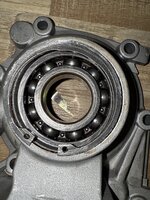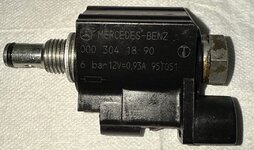Before I dive into the story, a quick disclaimer: This is not a how-to guide. I’m not a professional mechanic or expert—just a curious hobbyist and adventurer sharing my personal experience. Everything I describe here is simply what I did, and discovered, not what you should do. I’m putting it out there in hopes of learning from others, sparking conversation, and maybe even getting a little guidance along the way.
In pursuit of the proverbial “golden fleece”, I decided it was time to dive into the transmission on my 1995 E320. The car, powered by the M104 engine, has 150,000 original miles and is equipped with the 722.369 transmission. As part of the process, I’m also planning to make the switch to synthetic transmission fluid. I figured it was time to replace some seals and get a better sense of the internal condition.
The transmission showed some early signs of age—a slight delay when engaging reverse and a mild clunk when shifting from reverse to drive. However, it never flared or slipped at any point. Basically everything appeared okay except for the reverse issue.
I removed the bolts for the front pump and on the surface, it checked out fine—no visible scoring or wear that raised alarms. I then turned my attention to the K1 clutch, and then things took a turn. Once I removed it from the case, I could hear the telltale rattle—a clear sign of excessive clearance. I checked for the clearance between the retaining ring and front steel plate and it was way in excess of 1.3mm ( see last picture). Flipping it over delivered the second shock: burnt steel plates.
Digging deeper, I noticed signs of contact between the reverse gears and the case, suggesting some internal rubbing that shouldn’t be happening. It’s hard to say how long that’s been going on, but it’s definitely something to investigate further.
The B1 band appeared healthy. It measured in at 1.81mm, compared to the new one which measured 1.92mm.
I had already sourced new friction discs and the B1/B2 bands from Mercedes, but I held off on ordering the steel plates since I wasn’t sure what thickness I’d need.
For reference, the friction discs from the K1 clutch measured 2.1mm, compared to 2.15mm on the new MB ones. The outer K1 disc came in at 4.95mm, and the inner plates measured 4.45mm. All the steel plates in K1 had “burn” marks. As for the reverse clutch, the friction discs also measured 2.1mm, slightly below the 2.15mm thickness of new Mercedes discs. I haven’t measured the reverse steel plates yet, but the friction discs themselves appeared to be in excellent condition with minimal wear.
So, it’s back to the drawing board for now. I’ll do a bit more research before moving on to inspect K2 and B2. This detour may slow me down, but I’d rather get it right than rush things and regret it later.
In pursuit of the proverbial “golden fleece”, I decided it was time to dive into the transmission on my 1995 E320. The car, powered by the M104 engine, has 150,000 original miles and is equipped with the 722.369 transmission. As part of the process, I’m also planning to make the switch to synthetic transmission fluid. I figured it was time to replace some seals and get a better sense of the internal condition.
The transmission showed some early signs of age—a slight delay when engaging reverse and a mild clunk when shifting from reverse to drive. However, it never flared or slipped at any point. Basically everything appeared okay except for the reverse issue.
I removed the bolts for the front pump and on the surface, it checked out fine—no visible scoring or wear that raised alarms. I then turned my attention to the K1 clutch, and then things took a turn. Once I removed it from the case, I could hear the telltale rattle—a clear sign of excessive clearance. I checked for the clearance between the retaining ring and front steel plate and it was way in excess of 1.3mm ( see last picture). Flipping it over delivered the second shock: burnt steel plates.
Digging deeper, I noticed signs of contact between the reverse gears and the case, suggesting some internal rubbing that shouldn’t be happening. It’s hard to say how long that’s been going on, but it’s definitely something to investigate further.
The B1 band appeared healthy. It measured in at 1.81mm, compared to the new one which measured 1.92mm.
I had already sourced new friction discs and the B1/B2 bands from Mercedes, but I held off on ordering the steel plates since I wasn’t sure what thickness I’d need.
For reference, the friction discs from the K1 clutch measured 2.1mm, compared to 2.15mm on the new MB ones. The outer K1 disc came in at 4.95mm, and the inner plates measured 4.45mm. All the steel plates in K1 had “burn” marks. As for the reverse clutch, the friction discs also measured 2.1mm, slightly below the 2.15mm thickness of new Mercedes discs. I haven’t measured the reverse steel plates yet, but the friction discs themselves appeared to be in excellent condition with minimal wear.
So, it’s back to the drawing board for now. I’ll do a bit more research before moving on to inspect K2 and B2. This detour may slow me down, but I’d rather get it right than rush things and regret it later.
Attachments
-
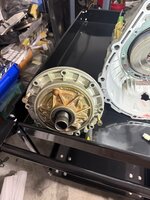 IMG_5763.jpeg3.2 MB · Views: 13
IMG_5763.jpeg3.2 MB · Views: 13 -
 IMG_5764.jpeg3.3 MB · Views: 13
IMG_5764.jpeg3.3 MB · Views: 13 -
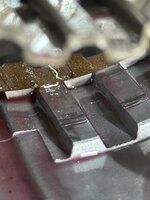 IMG_5784.jpeg1.9 MB · Views: 12
IMG_5784.jpeg1.9 MB · Views: 12 -
 IMG_5819.jpeg2.1 MB · Views: 12
IMG_5819.jpeg2.1 MB · Views: 12 -
 IMG_5820.jpeg2.1 MB · Views: 12
IMG_5820.jpeg2.1 MB · Views: 12 -
 IMG_5821.jpeg2.1 MB · Views: 12
IMG_5821.jpeg2.1 MB · Views: 12 -
 IMG_5822.jpeg1.9 MB · Views: 12
IMG_5822.jpeg1.9 MB · Views: 12 -
 IMG_5823.jpeg2.5 MB · Views: 12
IMG_5823.jpeg2.5 MB · Views: 12 -
 IMG_5824.jpeg2.1 MB · Views: 11
IMG_5824.jpeg2.1 MB · Views: 11 -
 IMG_5825.jpeg2 MB · Views: 10
IMG_5825.jpeg2 MB · Views: 10 -
 IMG_5826.jpeg1.9 MB · Views: 11
IMG_5826.jpeg1.9 MB · Views: 11 -
 IMG_5829.jpeg673 KB · Views: 9
IMG_5829.jpeg673 KB · Views: 9 -
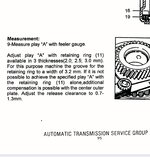 IMG_5861.jpeg259.5 KB · Views: 5
IMG_5861.jpeg259.5 KB · Views: 5
Last edited:





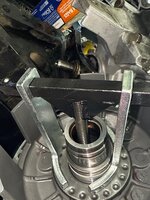













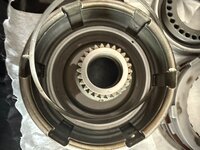

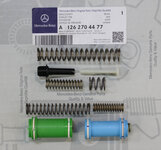





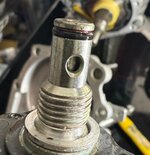

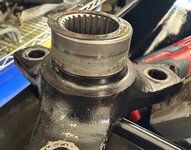








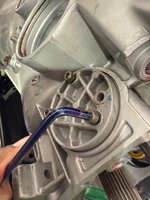

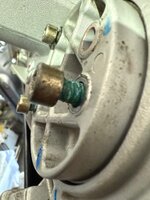






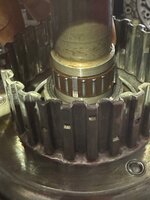
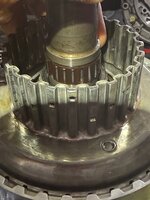

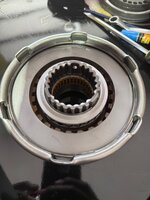











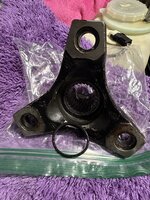

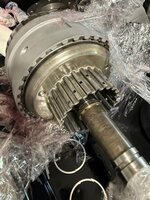



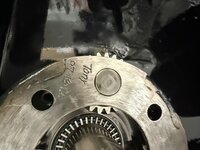


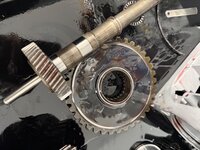
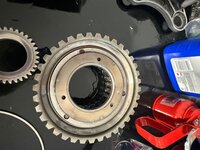





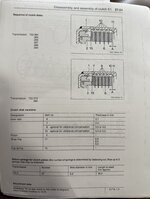
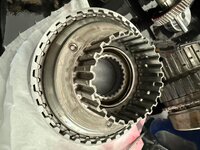

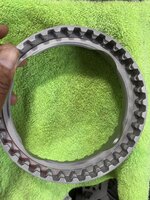



 ), new MB friction discs, seals, and bearings wherever possible. I’m also replacing the rear transmission cover bearing, with a MB replacement (made in Germany)
), new MB friction discs, seals, and bearings wherever possible. I’m also replacing the rear transmission cover bearing, with a MB replacement (made in Germany) 
